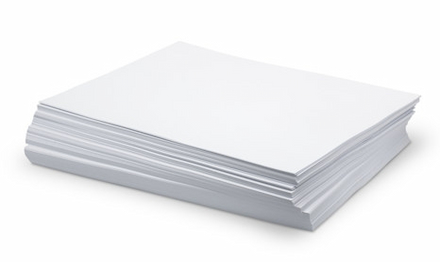What Are You Looking For?
Understanding the Role and Benefits of Defoamers in Papermaking
Sep 04, 2024Papermaking, the process of converting waste paper into new paper, involves several key steps, such as pulp hydration, fiber separation, screening, and forming. It is critical to buffer these steps - that is, to use defoamers to effectively prevent bubble formation, thereby improving paper quality.
Common types of defoamers in papermaking
The most commonly used defoamers in papermaking include silicone and polyether defoamers:
1. Silicone defoamers:
These defoamers have excellent anti-foaming properties and high temperature resistance, which can minimize bubble formation to improve pulp fluidity. They are stable under various papermaking conditions and are a trusted tool for many.
2. Polyether defoamers:
A non-ionic defoamer that is compatible with a variety of pH environments and chemicals, making it an indispensable player in papermaking, especially when used in combination with other additives.

Why use papermaking defoamers?
The main function of defoamers is to reduce or eliminate bubbles in liquids. In the papermaking process, bubbles can lead to:
1. Reduced paper strength:
Bubbles create weak points in the fiber structure of paper, reducing overall strength. This not only affects the utilization rate, but also increases the defect rate.
2. Poor uniformity:
Bubbles disrupt pulp flow, resulting in inconsistent thickness and density, affecting product standards.
3. Reduced production efficiency:
The presence of bubbles hinders pulp flow, which may cause equipment downtime and delays, increasing production time and costs.

Benefits of using defoamers
In the papermaking process, defoamers bring many benefits:
1. Improve product quality:
By effectively eliminating bubbles, improve the consistency and strength of paper, and ensure that the final product meets higher quality standards.
2. Improve production efficiency:
Defoamers minimize bubble obstruction, ensure smoother pulp flow, increase overall production speed and shorten cycle time.
3. Reduce costs:
By improving efficiency and product quality, defoamers help companies reduce raw material waste and thus reduce production costs.
4. Strong adaptability:
Modern defoamers have excellent adaptability and can work effectively under different operating conditions (temperature and pH value), ensuring their effectiveness in different environments.
Papermaking defoamers play a vital role in the papermaking process. They can not only improve product quality, but also improve production efficiency, bringing significant economic benefits. With the advancement of technology, the types and properties of defoamers have continued to develop, expanding their applications in papermaking and other industrial fields.